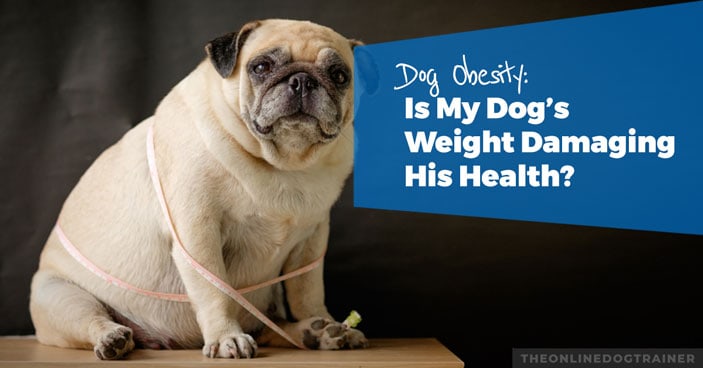
As dog lovers, we want to do everything possible to provide our pups with the best life ever. And sometimes, that means spoiling our dogs with all sorts of treats, chews, and table scraps.
I don’t think there’s anything wrong with that. However, I do believe that moderation is key.
I’ve gone to far too many consults where I’ve noticed a dog I’m working with is carrying way more weight than he should be.
While some people think it’s cute to have a pudgy pup, excess fat can have detrimental effects on a dog’s health and well-being.
So, how dangerous is it?
Keep reading to find out more about YOUR dog’s weight and health…
Canine Obesity: Is My Dog’s Weight Damaging His Health?
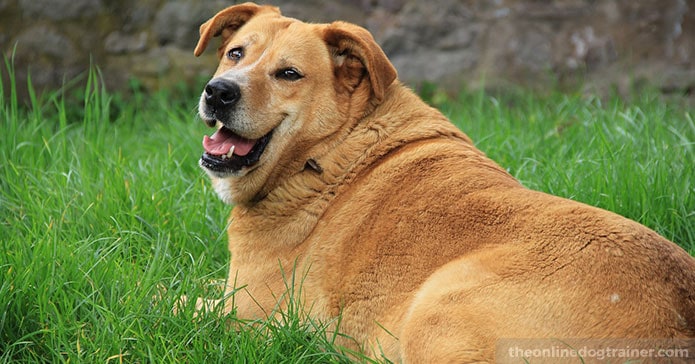
Our dogs may look adorable when they’re on the heavy side. But, dogs who are obese are far more likely to develop serious health problems than those who are lean.
According to the Association for Pet Obesity Prevention, the number of overweight dogs is increasing at an alarming rate each year.
In fact, in 2017, 56% of dogs were classified as obese!
That’s essentially one in every two dogs.
What’s worse is most dog lovers don’t realize how the excess weight is affecting their furry best friend so they don’t try to help their dog lose weight.
Often dog owners also don’t realize that their dog has gained the weight—especially when the weight gain is very gradual.
This is why it’s so important to keep a close eye on your dog. Catching a dog’s weight gain early will significantly help you get it back under control in order to prevent dangerous diseases and other health issues.
How to Tell If Your Dog Is Overweight
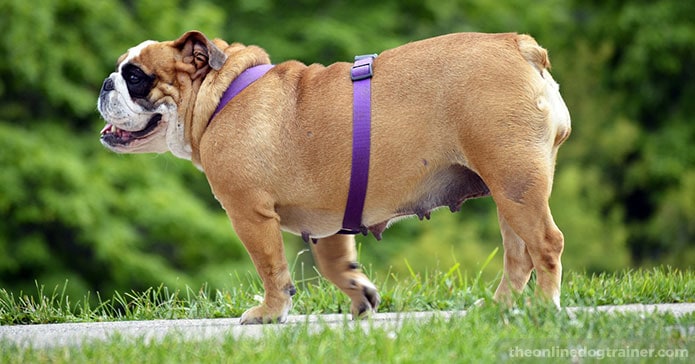
Chances are, if you’re reading this right now, you are worried about your dog’s weight.
The good news is that you're in the right place! And, I’m going to share some steps you can take to determine if your dog is dangerously obese or not.
If you’re not sure if your dog is overweight, the first step is to bring your dog to the veterinarian to step on the doggy scale.
Your vet will review her charts and check to see if the weight gain is alarmingly higher than your dog’s last visit.
Your veterinarian can also let you know if your dog is overweight based on the “body condition scale”.
The body condition scale is a hands-on technique that helps measure the health of your dog.
If you can’t take a trip to the vet, you can try the “rib check” at home.
Click here to get step-by-step instructions on how to do the rib check!
On a healthy dog, you’re able to feel the ribs under a thin layer of skin. If you need to push into your dog to feel her ribs, there’s a good chance she’s overweight.
After you have felt for your dog’s ribs, it’s important to get a side view.
Is your dog’s belly sagging toward the floor? If so, this is another sign your dog may be overweight. Dogs with a healthy weight generally have a taper to their stomach.
The last way you can check is by standing over your dog. Your dog should have a silhouette like an hourglass. If your dog appears to be rounded from the overhead view, he may be overweight.
Should an Overweight Dog Be Put on a Diet?
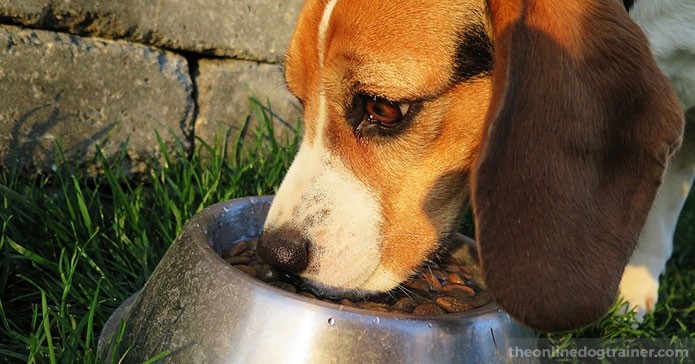
If or when you do notice your dog is overweight, you should not immediately place your dog on a diet.
The reason: Weight gain often indicates that your dog may have an underlying medical condition.
If you notice your dog is gaining weight, it’s best to take him to a veterinarian who can run blood tests to check for abnormalities.
Conditions like hypothyroidism and Cushing’s disease could be the reason your dog is obese, and a diet alone won’t fix the weight gain.
If your dog does check out normal at the vet, then it’s a good time to put your dog on a diet.
Be sure to ask your vet how much your dog should be eating and what types of food he should be given to lose the excess pounds.
Dog Diets: How Much Should My Dog Eat?
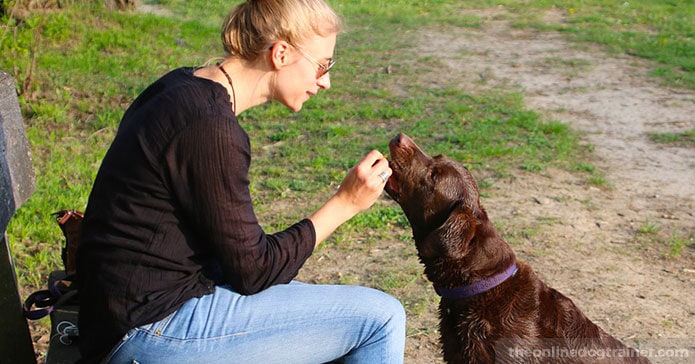
If you have the medical clearance from your veterinarian, you may want to immediately place your dog on a diet.
That being said, a dog’s diet isn’t a “one-size-fits-all” solution.
Every dog is different and requires a different amount of food.
One of the most common reasons dogs become overweight is that they have been fed based on what the label on the dog food says. It’s important to understand, the label is a general guideline—it’s not correct for every dog.
To determine exactly what portion of food your dog should eat, a number of factors need to be considered including your dog’s…
- Weight.
- Activity level.
- Breed.
- Gender.
- And more!
As I said earlier, your veterinarian or canine nutritionist can assist you in putting together a meal plan that will work for your dog.
What Will Happen If I Don’t Help My Dog Lose Weight?
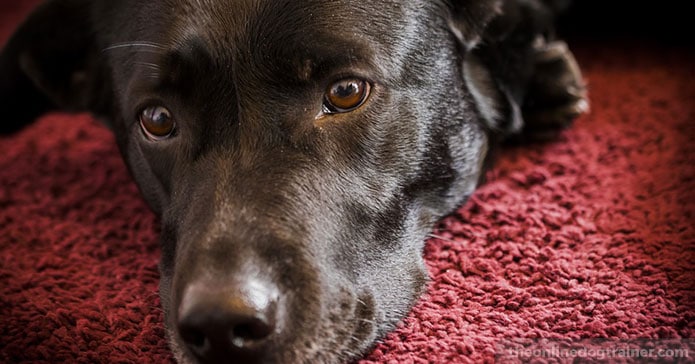
Dogs who are obese are at greater risk for developing:
- Arthritis.
- Diabetes.
- High blood pressure.
- Difficulty breathing.
- Cardiovascular disease.
- Kidney disease.
- Cancer.
For these reasons, dog obesity is a serious problem and not to be taken lightly.
If your dog is overweight, now is the time to start putting measures in place to help him lose a few pounds to avoid these horrible health issues.
The Bottom Line on Dog Obesity
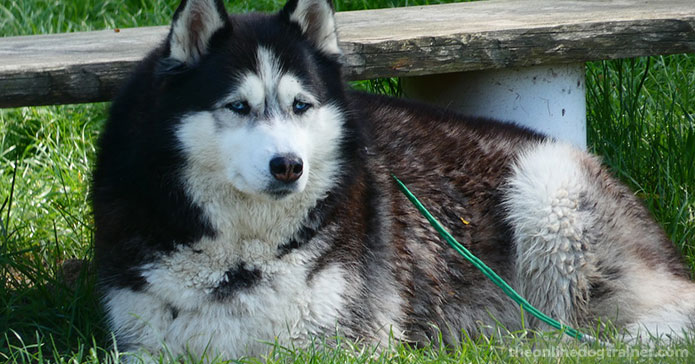
Obesity kills dogs every day and is a matter that should not be taken lightly.
If your dog is obese, it’s important to place him on a strategic diet and exercise routine. For more information check out this article.
Most important, it’s vital that you follow through with the weight loss routine in order to prevent your dog from becoming obese again.
Follow your veterinarian’s instructions, and it won’t take long for your dog to get back to living a happy, comfortable, and healthy life.
While we’re on the topic of food, I wanted to quickly mention treat training.
Food can be an incredible motivator, but it can also negatively impact your dog's health and ability to listen to you when it matters most.
For that reason, I’ve decided to put together a FREE guide for you on the ➜ Dos and Don'ts of Dog Treat Training (including 5 of the more popular treats your dog will love!)
↓ DOWNLOAD your FREE copy here! ↓
Cheers,

~Doggy Dan


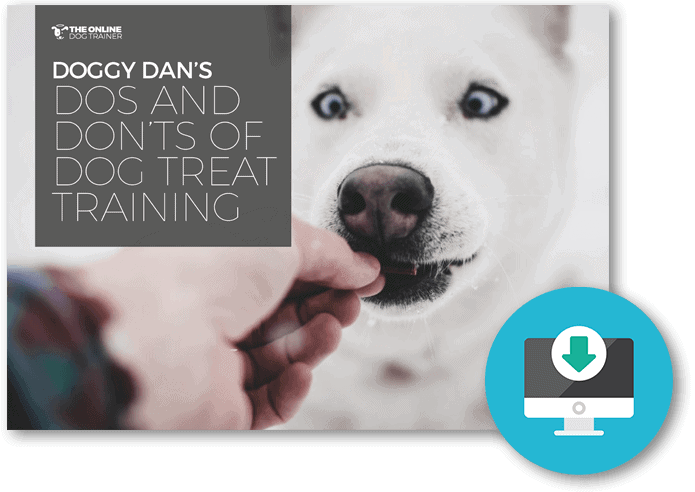


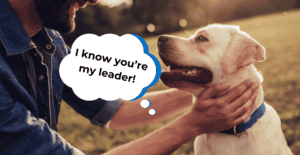
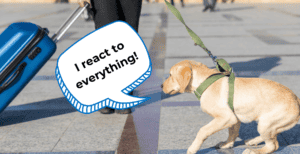
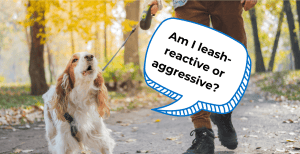
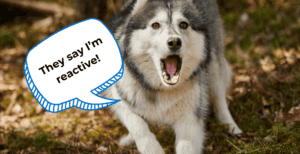
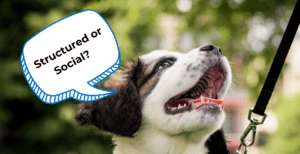
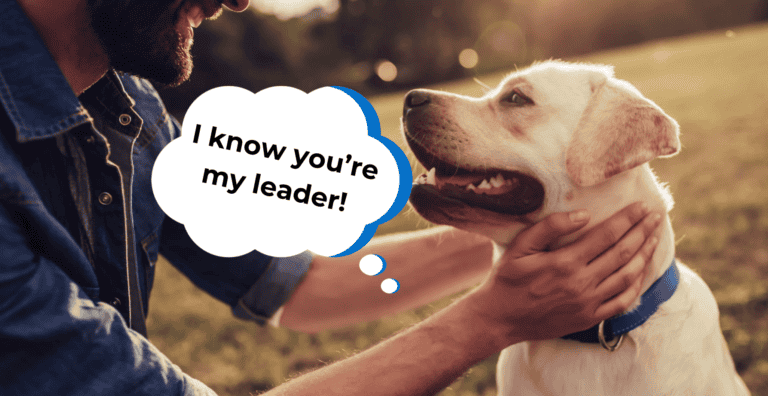
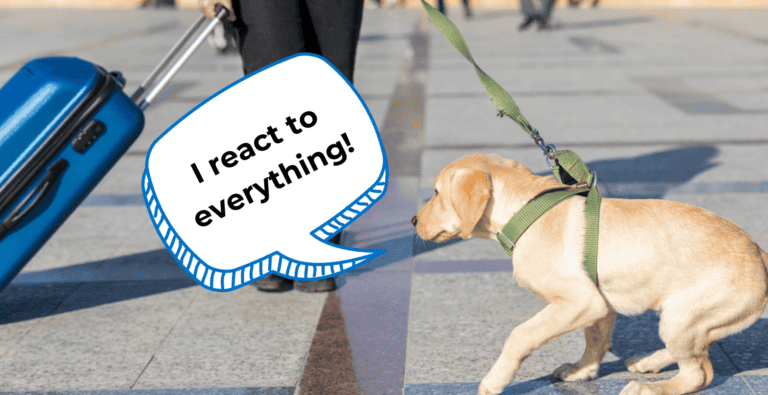
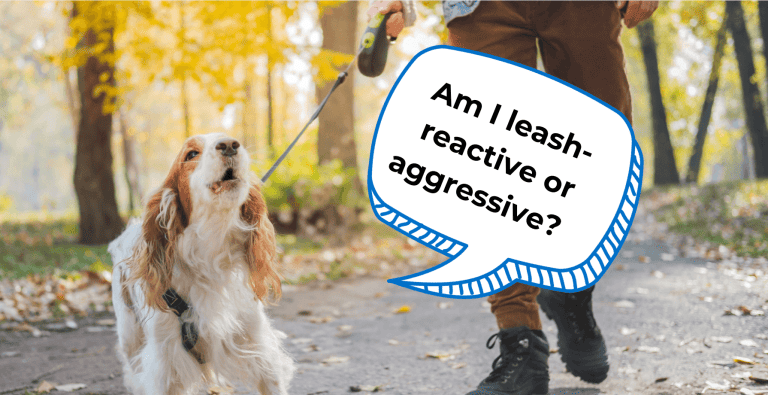

6 Responses
We have a 8 month old part Poodle part Shihzu. Problem separation anxiety. Even pees on his crate when we leave. Any suggestions?
Hi Becky, I have posted a previous Blog about Separation Anxiety which you may be interested in looking at. It’s a very common behavioural issue and my website TheOnlineDogTrainer.com shows you very clearly how to overcome this behaviour…maybe take a quick look…its a $1 trial for 3 days…all the best Doggy Dan
The health risk to overweight dogs is serious. A gain of even a pound or two of additional fat on some dogs and cats can place significant stress on the body. Some of the conditions that can occur as a result of excess weight are: Exercise intolerance, decreased stamina.
I absolutely agree John! The easiest thing to change to help dogs slim down is to feed them less. I do acknowledge that this can be emotionally hard for many owners but it really is far better for a dog than masses of exercise. It’s all about energy balance, with us as well as dogs! Best, Doggy Dan
I have a Deer Head Chihuahua 11 years old and the Vet recommend diet, he said she was 3# over and he said to give 4 ounce of food a day. She loss 1#1/2 in no time. But she was starving at supper time,I start give a bit of food and she is gaining weight again.What should I do?Thanks
Hi Nancy,
Moderating food is the best way to help a dog lose weight but I find that if you cut their food intake too significantly then they do tend to notice it a lot more. So a more gradual approach may work for your dog. You can also add volume to a dog’s food by adding low calorie food like broccoli and other appropriate greens such as spinach and kale. Splitting your dogs meal into two or three feeding sessions may also help. Best Doggy Dan